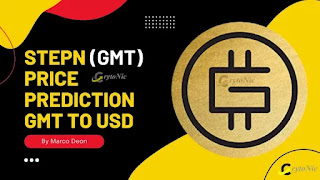Consumer Debt
Consumer Debt
What's purchaser Debt?
Patron debt includes private debts which are owed as a result of buying goods which are used for man or woman or family consumption. Credit score card debt, pupil loans, automobile loans, mortgages, and payday loans are all examples of client debt. These stand in assessment to other debts which are used for investments in walking a business or debt incurred thru authorities operations.
Key Takeaways
purchaser debt is composed of those loans used for private consumption rather than debts incurred by way of organizations or thru government activities.
Patron debt may be segmented into revolving debt, that's paid monthly and may have a variable fee; and non-revolving debt, paid as a set charge.
Patron debt is taken into consideration by using economists to be a suboptimal form of financing because it frequently comes with high interest charges that may emerge as tough to repay.
The patron leverage ratio (CLR) is an economic indicator that tracks the combination level of customer debt in a country.
Knowledge customer Debt
Client loans may be prolonged via a financial institution, the federal government, and credit score unions, and are damaged down into classes: revolving debt and non-revolving debt. Revolving debt is paid down on a month-to-month basis, together with credit score playing cards, while non-revolving debt is the loan of a lump sum up front with fixed bills over a described term. Non-revolving credit score normally includes automobile loans and faculty loans.
Advantages and downsides of purchaser Debt
Client debt is taken into consideration a financially suboptimal method of financing because the hobby rates charged at the debt, including credit score card balances, are extremely high when as compared to mortgage interest charges. Moreover, the items purchased generally do now not provide a vital software and do not admire in price, which may justify taking over that debt.
An opposite view is that purchaser debt consequences in multiplied customer spending and production, thereby developing the economy, and achieves a smoothing of intake. For example, people borrow at earlier stages of their lives for schooling and housing, after which pay down that debt later in lifestyles whilst they are earning better incomes.
When the debt is used for schooling, it can be considered as a method to an stop. The training allows for better-paying jobs in the destiny, which creates an upward trajectory for both the character and the financial system.
No matter the pros and cons, consumer debt inside the united states of america is at the upward thrust because of the benefit of acquiring financing matched with the excessive level of interest rates. As of September 2020, consumer debt become $four.16 trillion, with $3.17 trillion in non-revolving debt and $988.6 billion of revolving debt.1 If now not managed properly, purchaser debt may be financially crushing and adversely effect an man or woman's credit score score, hindering their potential to borrow inside the future.
Total household debt is derived from the Federal Reserve’s record, whilst disposable personal profits is said by means of the U.S. Bureau of economic analysis.2
The CLR has been used as a litmus test for the health of the U.S. Economic system, at the side of other indicators, together with the stock marketplace, inventory levels, and the unemployment rate.
On an person degree, the customer leverage ratio is counseled to be between 10% and 20% of an person's take-domestic pay. Above 20% is a trademark of urgent debt issues.
Patron Debt and Predatory Lending
Customer debt is regularly related to predatory lending, broadly defined by means of the FDIC as “implementing unfair and abusive loan phrases on borrowers."3 Predatory lending regularly objectives agencies with less get entry to to and know-how of greater conventional styles of financing. Predatory creditors can fee unreasonably high interest rates and require great collateral inside the probable event a borrower defaults.



Comments
Post a Comment